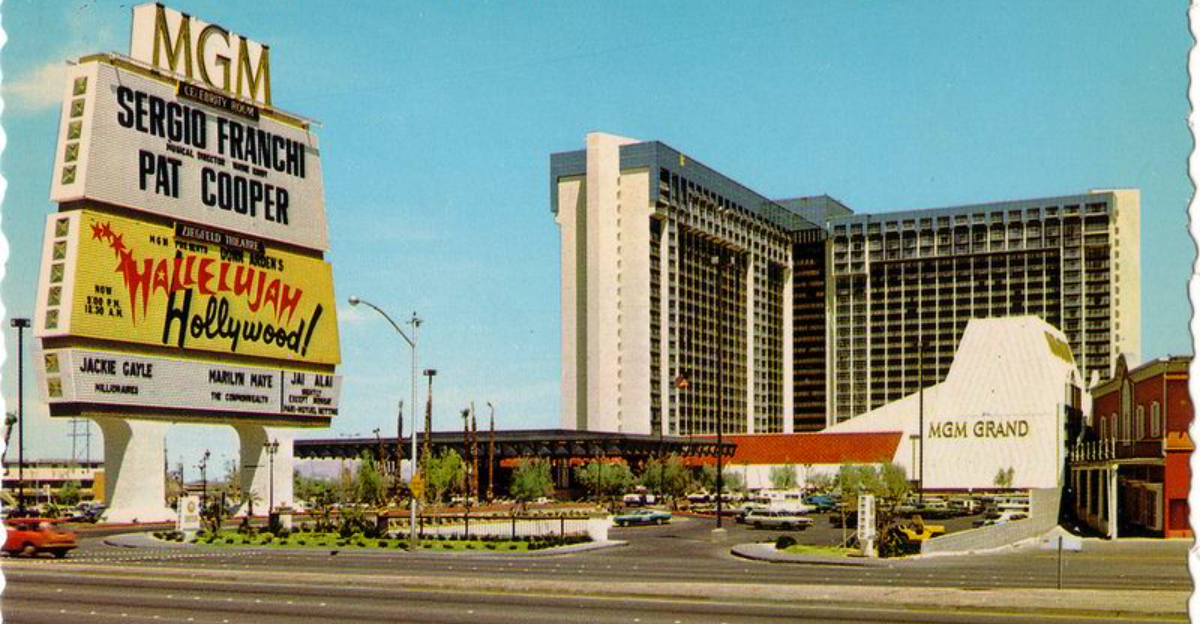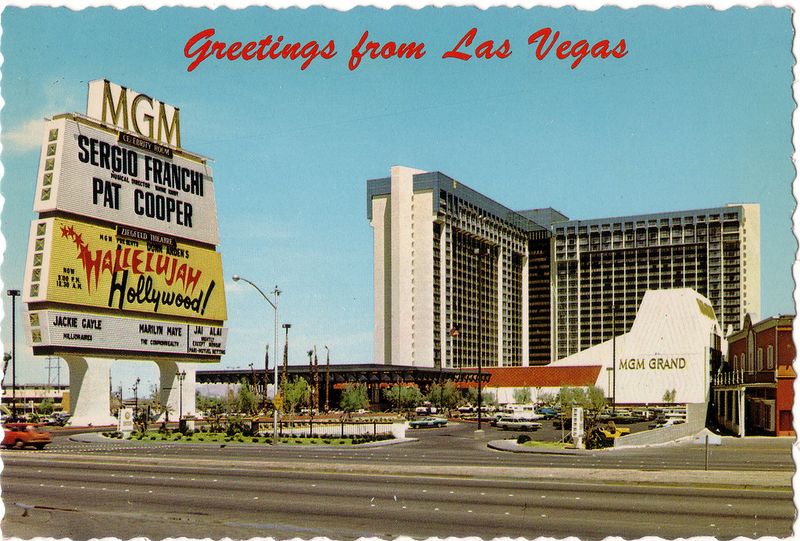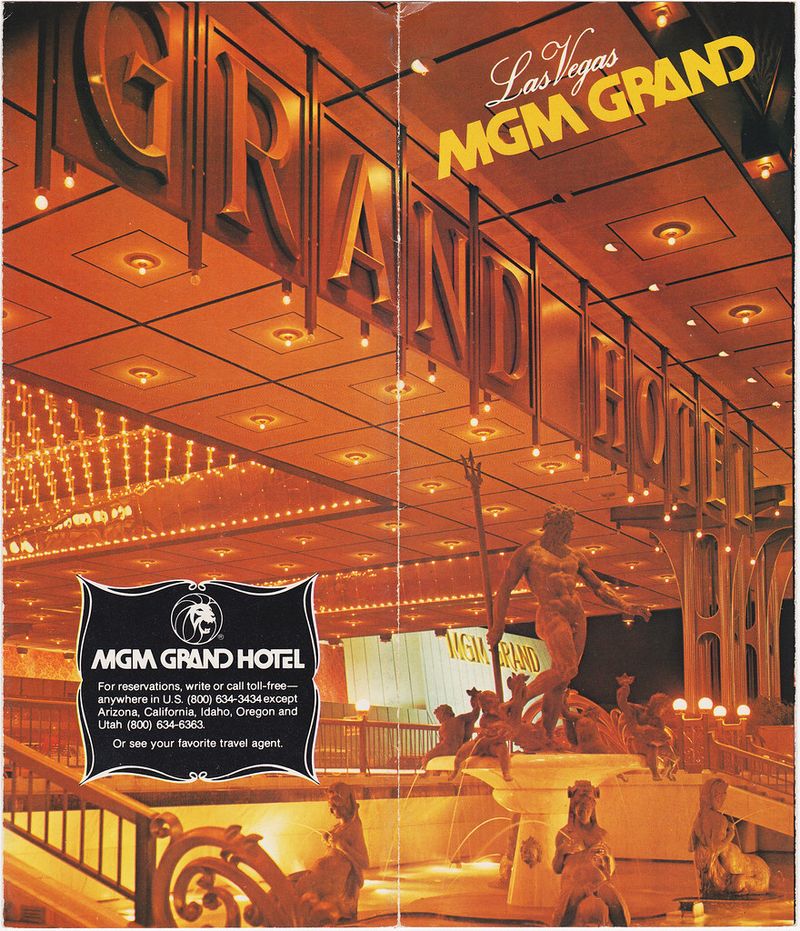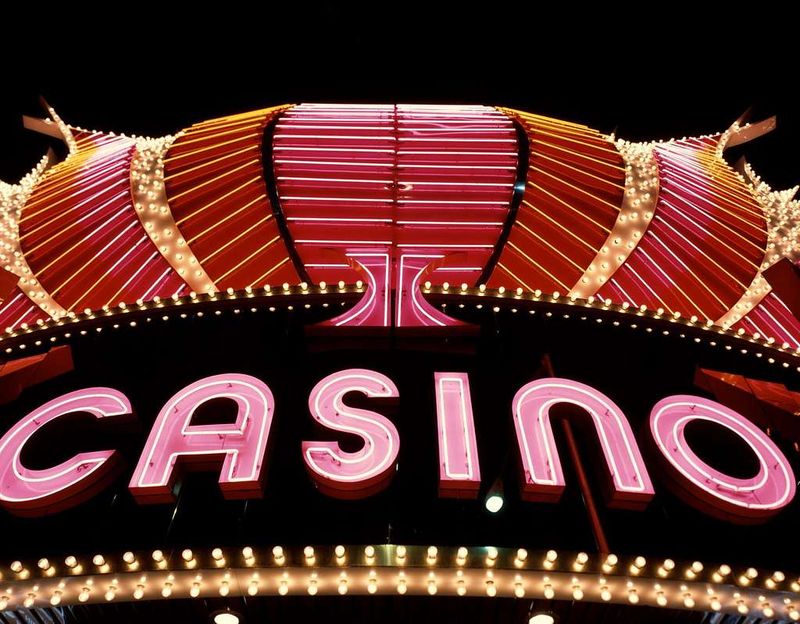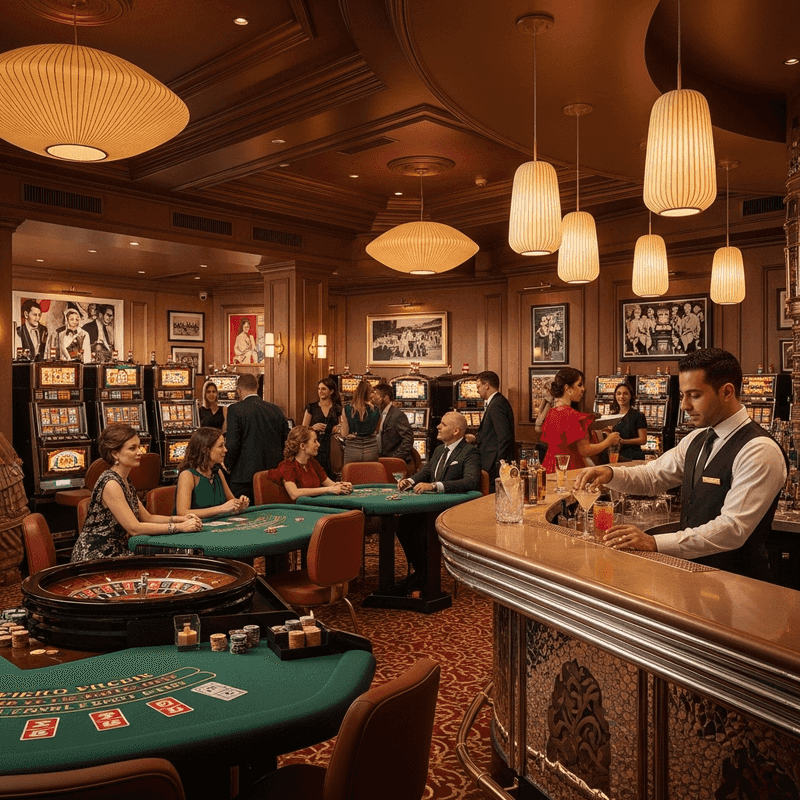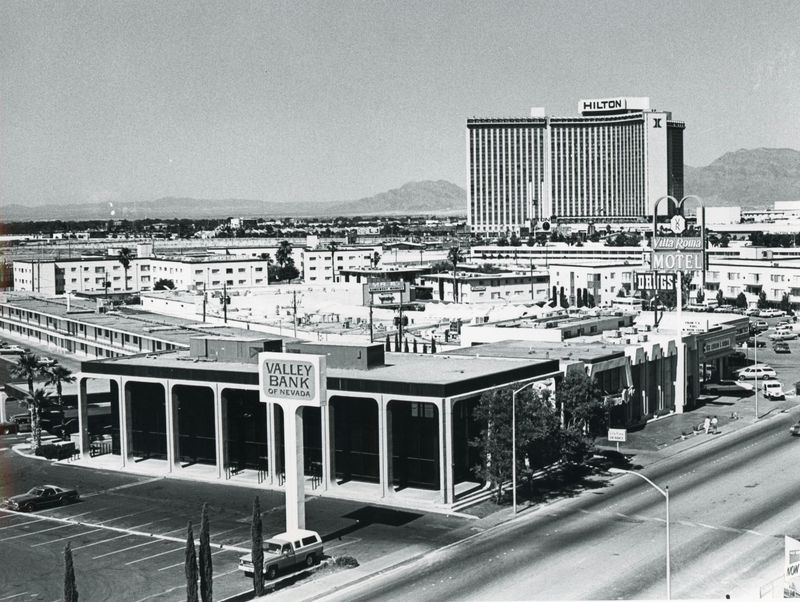Las Vegas today is all about giant resorts, fancy shows, and endless crowds. But back in the 1960s and 1970s, the city had a totally different vibe that many people think was way cooler. It was smaller, more personal, and packed with legendary entertainers and wild stories. Let’s take a trip back in time to see what made old Vegas so special.
1. Iconic Entertainers in Intimate Venues
Frank Sinatra, Dean Martin, and Sammy Davis Jr. could walk onto a stage just a few feet from your dinner table. That was the reality at places like the Sands Hotel during the Rat Pack era. These weren’t massive arenas where you needed binoculars – they were intimate rooms where the biggest stars in the world performed almost within arm’s reach.
Elvis Presley made his comeback in 1969 with a Las Vegas show that changed everything for both him and the city. You could actually feel the energy and see the sweat on these legends’ faces. That kind of closeness created magic that’s nearly impossible to find in today’s massive concert venues.
2. Neon-Lit and Smaller Scale Architecture
Casinos back then weren’t the towering giants you see today. Buildings were lower, which meant you could actually see the desert stretching out behind them. Parking your car was easy, and the whole Strip felt more walkable and friendly.
The neon signs glowed bright without being overwhelming. Each casino had its own colorful personality that stood out against the night sky. You didn’t need a map or a shuttle bus to get around because everything felt manageable and within reach, making the whole experience more intimate and memorable.
3. Affordable and Generous Freebies
Imagine getting a huge shrimp cocktail for just one dollar! That was normal in old Vegas, where casinos wanted to lure you in with unbeatable deals. Buffets were everywhere and packed with food that didn’t break your budget.
The whole point was making you feel like a winner before you even hit the casino floor. Free drinks, cheap meals, and special promotions made everyone feel like a high roller. Today’s Vegas can cost a fortune just for basic meals, but back then, the value was part of the adventure and excitement.
4. A Sense of Gritty Glamour and Raw Energy
Old Vegas had this amazing mix of sparkly showbiz and rough-around-the-edges realness. You’d see gorgeous showgirls walking past card dealers who looked like they had stories to tell. The mob connections added danger and mystery that made everything feel more exciting.
Before big corporations took over, the city had what people call soul. Things felt spontaneous and a little unpredictable in the best way. That combination of fancy entertainment and gritty authenticity gave Vegas a personality that modern, polished resorts just can’t copy, no matter how hard they try.
5. Mob and Rat Pack Era Charm
While organized crime involvement wasn’t exactly a good thing, it definitely added to Vegas’s legendary reputation. Mob bosses, secret deals, and underground connections created stories that still fascinate people today. High rollers with mysterious backgrounds made the casinos feel like scenes from a movie.
This wild west vibe gave the city an edge that felt dangerous but thrilling. The Rat Pack hung out with these characters, blurring the lines between entertainment and the underworld. That mythic quality makes the era unforgettable, even though we know the reality was more complicated than the glamorous legend suggests.
6. Fewer Mega-Resorts and More Human-Scale Properties
The famous resorts of the 60s were actually pretty small compared to today’s monsters. You didn’t need a half-hour walk just to get from your room to the pool. Everything felt more personal because the staff could actually remember your face.
These human-sized properties made guests feel special rather than like just another number. You could explore the whole casino in an evening without getting lost or exhausted. The experience was about quality time, not overwhelming you with endless restaurants and shops you’d never visit anyway during your trip.
7. Classic Showrooms and Variety Acts
Entertainment back then meant live orchestras, dazzling showgirls, and variety acts that kept you guessing what would happen next. Shows like the Folies Bergère brought European glamour to the desert with elaborate costumes and choreography. Musical acts performed with full bands, creating sounds that recordings just couldn’t capture.
This wasn’t just about one celebrity on stage. Whole productions involved dozens of talented performers working together to create unforgettable nights. That style of entertainment required skill and practice that made each show feel special and worth dressing up for, unlike today’s DJ sets.
8. Distinct Neon Identity and Visual Aesthetics
Those glowing neon signs created a visual language that screamed Vegas from miles away. Fremont Street’s Glitter Gulch was a tunnel of colored light that felt magical and futuristic. Mid-century modern architecture gave buildings clean lines and Space Age style.
Each casino’s sign was a work of art designed to grab your attention. Today’s LED screens and canopies are bright but lack that warm, nostalgic glow of real neon tubes. The aesthetic was so unique that it defined what people around the world pictured when they thought of Las Vegas back then.
9. Simpler Experience Without Gimmicks
People came to Vegas for three simple things: gambling, shows, and the desert city itself. There weren’t pirate battles, volcano explosions, or influencer photo ops around every corner. The 1967 Corporate Gaming Act started changing things toward bigger business operations.
Without all the themed distractions, you could focus on what mattered to you. Nobody was trying to sell you an immersive experience or get you to post on social media. For many visitors, that straightforward approach felt more honest and relaxing than constantly being marketed to with elaborate gimmicks everywhere.
10. Better Accessibility and Fewer Crowds
Sure, Vegas was busy in the 70s, but nothing like the packed sidewalks and hour-long waits you deal with now. Getting around was manageable, and you didn’t need a luxury budget just to enjoy yourself. The transit system actually worked without making you feel like cattle.
Hotels had rooms available without booking months ahead. You could walk into restaurants without reservations and actually find a spot at the blackjack table. That accessibility made Vegas feel welcoming to regular people, not just the super-rich who can afford today’s sky-high prices for everything.
11. Downtown Las Vegas as a Vibrant Center
Fremont Street was where the action happened before the Strip took over completely. Casinos like the Golden Nugget, Binion’s Horseshoe, and the Pioneer Club drew huge crowds with their own special character. Downtown had energy and history that made it feel like the real heart of Vegas.
Today, downtown struggles to compete with the massive Strip resorts. But back then, it was the place to be, with its own loyal fans who loved the grittier, more authentic vibe. The balance between downtown and the Strip gave visitors more variety in their Vegas experience.
12. Iconic Architecture and Signage Now Gone
Buildings like the original Sahara tower from 1960 were landmarks that defined their era with distinctive style. These weren’t just hotels; they were architectural statements that captured the optimism and boldness of mid-century design. Sadly, most have been demolished or renovated beyond recognition.
When these buildings disappeared, they took the physical feel of that golden era with them. You can look at old photos, but you can’t walk through those spaces anymore. That loss makes people nostalgic for a Vegas they can never visit again, which adds to the mystique.
13. Entertainment Aimed at Adults in Desert Setting
Vegas sat in the middle of nowhere, surrounded by empty desert that made it feel like an escape from normal life. The isolation was part of the appeal, like you were entering a completely different universe. Adult entertainment was the whole point, not something hidden behind family-friendly attractions.
Gambling, drinking, and late-night shows were front and center without apology. That honesty about what Vegas offered made the experience feel more authentic. Today’s attempts to be everything to everyone can dilute what made the city special as a grown-up playground in the first place.
14. Cultural Shifts Before Family-Friendly Repositioning
During the 60s and 70s, Vegas didn’t pretend to be a place for kids. It was unapologetically focused on adult entertainment, from gambling to risqué shows. Later decades saw attempts to attract families with theme parks and kid-friendly attractions.
For many fans, those family-friendly changes watered down what made Vegas unique. The earlier era felt more authentic to the city’s true identity as an adult playground. While family tourism brought money, some argue it cost Vegas its soul and turned it into just another vacation destination instead of something special.
15. Nostalgia and Mythic Status
Sometimes the past seems better simply because of how we remember it. The 60s and 70s are embedded in movies, music, and celebrity stories that create a golden age in our minds. People who were there remember the excitement, while younger folks imagine what it must have been like.
Vintage photo collections show the raw glamour that makes those decades feel magical. Whether it was actually better or just feels that way, the nostalgia is real and powerful. That mythic status keeps people fascinated with old Vegas, making it a cultural touchstone that modern Vegas can’t quite replicate.
